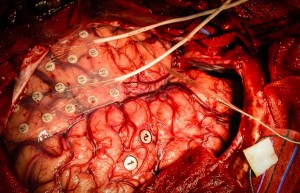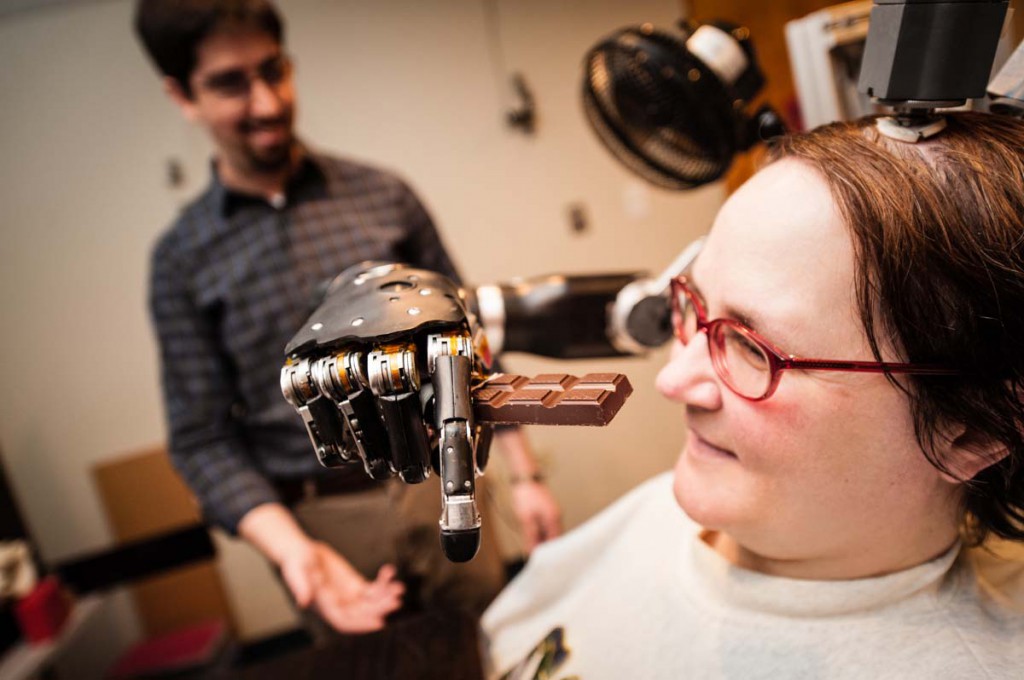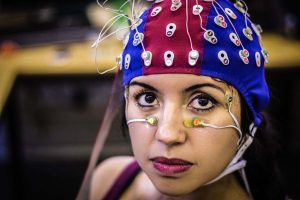BY: KATY WILLIS
Telekinesis was once a term reserved for the realm of science fiction. Today, it’s possible, and it’s becoming widely available.
While there are some limitations—you can’t simply float a house, or even a pencil, with the power of your mind—you can control specific machines, via a computer, with the power of thought. When coupled with the right technology, a little training, and some concentration, your brain can interface directly with a computer or chip, bypassing the use of your body.
How does it work?
It’s not artificial intelligence—just the good, old-fashioned human brain. Among its many fascinating capabilities is neuroplasticity, the ability to constantly make new neural pathways in response to new stimuli, scenarios, and environments. This is the basis of how mind-machine interfacing works.
The human brain is essentially an organic computer; it uses electrical impulses to tell you to move, eat, and feel pain. Everything you do, think, or feel is an electrical impulse in your brain.
Given the complexity of the brain, some experts say, the current use of technological telekinesis is only rudimentary. But for now, there are three distinct methods of achieving mind-machine interfacing.
The least invasive is the EEG headset (electroencephalography), a “hat” with electrodes that sits on top of your scalp. While widely available on the consumer market, its functions are limited because the skull and scalp impair brain signals.

BCI, or invasive brain-computer interfacing, involves inserting electrodes deep into the grey matter of the brain. This initially produces the best possible signals, but the procedure is complex and dangerous. The body reacts to the intrusion of foreign objects in the brain and attempts to cover them with thick scar tissue, which significantly reduces signal quality over time.
How can it be used?
The medical applications are astonishing. With training, it’s possible to control a prosthetic limb with one’s thoughts; today, you can move a limb in all directions and grasp things with a prosthetic hand, though you can’t yet write or paint.
Technological telekinesis can also enable the brain to move a previously paralyzed body or limb. Implanted or external robotics, while in their infancy, have allowed several quadriplegic and paraplegic people to regain the use of their limbs, allowing them to walk and regain their independence.

Of course, some tech skeptics fear the fusion of human and machine and believe that humans will eventually be able to transfer their consciousness into a machine; the human body may die, but the brain or consciousness will live on.
Immortality, it seems, may not look the way we’ve always thought it would.



